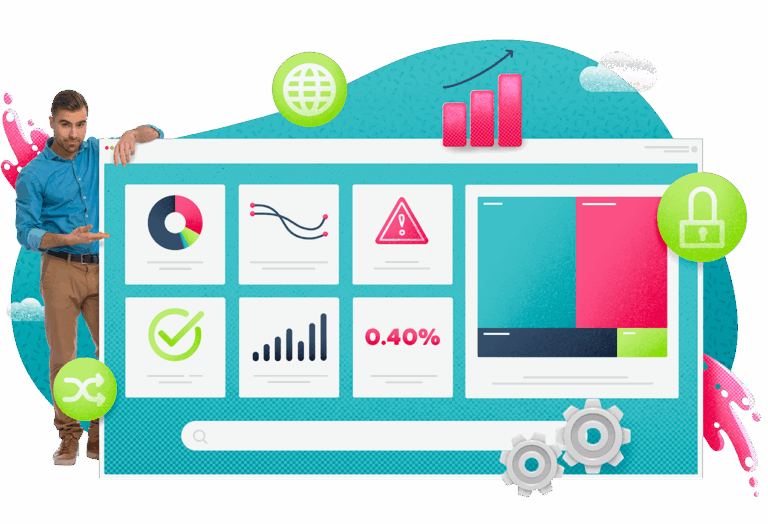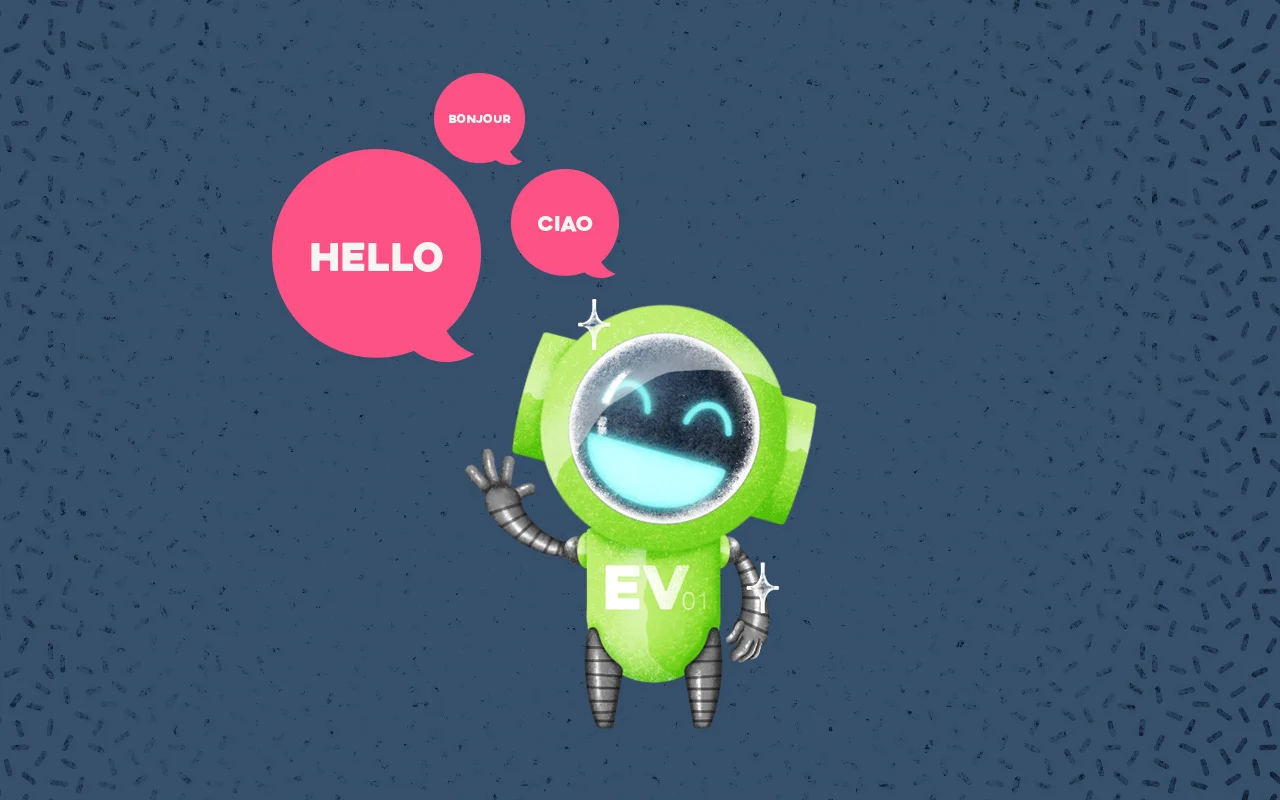The chatbot market is expected to reach 1.25 billion U.S. dollars in 2025 – up from 190.8 million U.S. dollars in just 2016. Gartner predicts that by 2027, chatbots will become the leading customer service channel for 1:4 organizations.
Chatbots, also known as conversational AI, is AI software that can engage in conversations via audio and text. They are primarily used to save companies money and time by providing a first line of defense for customer support. Instead of paying support agents to man the phones and respond to chat queries for password changes and other routine issues, chatbots fill the gaps. They serve as a filter of sorts. Higher-level questions or issues will get pushed through to live, human customer service agents, but only after it’s been established that the chatbot cannot help.
If your company is considering using chatbots, let’s explore the benefits and why they might be a good fit for your needs.
What are the benefits of using chatbots?
Everyone wins when companies use chatbots.
For starters, customers get the support they need, when they need it. Not to mention, it’s instantaneous too – a big change from manual support from agents. Agents can sometimes be bogged down (depending on the organization and the ticket frequency) with support tickets, causing a delay in providing the support, but also a decrease in the quality. Multi-tasking doesn’t work in one’s best interest when trying to reset passwords or fix a bug in the code. This increase in service keeps customers loyal and satisfaction rates high.
On the employee-side, chatbots allow service agents to spend more time on high-level issues and less on FAQs. In doing so, they’re able to provide more personalized support for the users they do directly interact with. This reduction in chat messages and calls improves employee satisfaction rates and reduces stress — promoting innovation and collaboration internally. It helps companies drive growth, rather than worrying about maintenance.
- 24/7 customer support
- Improved customer experience
- Less stress for employees
- Faster response time
- Reduce call-in and chat volume
- Multilingual support
- Reduced costs
- Information is in one place
The capabilities chatbots have and the impact they can provide companies is just beginning. They will drastically improve service management, customer satisfaction, and the quality of support provided to end users. The question becomes how can chatbots be optimized to provide value for your company?

Infographic – The status of SMB IT in 2026
Explore how AI, automation & integrated ITSM/ITAM are reshaping IT strategy—at every scale.


